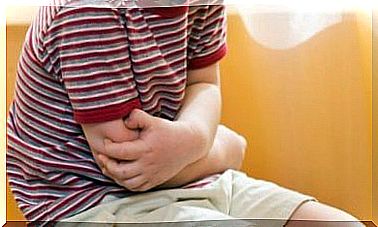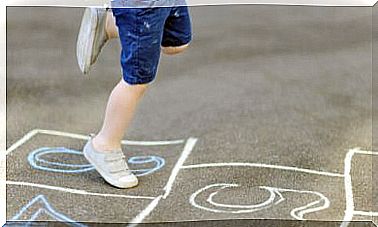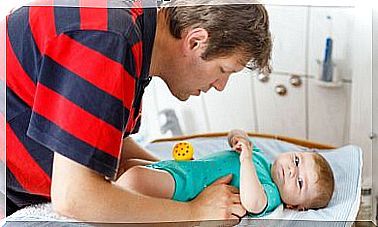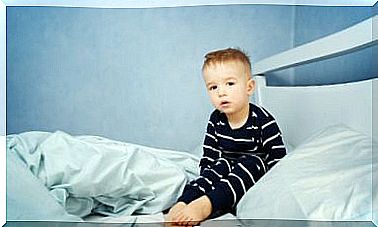Absence Crises In Children

Although not serious, absence seizures are a neurological disorder that occurs especially during childhood and rarely persists into adulthood. In fact, they tend to disappear over time.
Absence seizures are momentary. They only last a few seconds (usually less than a minute). As they are harmless, they do not require greater attention from public health agents. In other words, seizures are not a long-term problem for the child.
Seizures can often go completely unnoticed. However, it is extremely important that we are informed about the way she presents herself so as not to panic when she appears.
Absence crises, un petit mal
In French they are called “petit mal” which translated into Portuguese would be a small problem (in the sense that they can go unnoticed and do not constitute a serious physical impediment).
But why do they happen? Very simple: by an imbalance of brain neurotransmitters. This means that, for a moment, the electrical activity of neurons becomes repetitive. This is one of the types of seizures that epileptic patients have.

How to identify an absence crisis?
There are cases of absence seizures in children that are repeated several times a day. They can also occur for several weeks and even months.
Symptoms appear suddenly, the best known being: distraction, introversion and drowsiness. From the outside, it appears that for a moment the child is daydreaming or deep in thought. It gives the impression that they are disconnected from or absent from the world.
An elementary but effective test that can be done with the child is to interact with him. You need to talk to her, pat her hair or shoulder, offer her a candy, ask her what she’s thinking, and so on. The idea is to help the child “return to Earth”, so to speak.
If the child is just distracted or absent, he will react and remember everything that happened around him during this entire period. On the contrary, if you don’t react and don’t even remember what happened, it may be that you have gone through an absence crisis.
Types of absence seizures
- There is the so-called typical absence seizure, which usually originates from an epileptic seizure. When the child begins to enter adulthood, it tends to disappear. The main symptom is sudden disconnection. In some cases, the child has involuntary and very superficial facial movements. Once the crisis has passed, the child returns to a normal state, as if nothing had happened.
- We also have the so-called atypical absence crisis: it is common in children with epilepsy and encephalopathy. In addition, these children often have psychomotor problems. Its main characteristic is also the disconnection, but in these cases it is less abrupt both at the beginning and at the end. Some cases of this type of crisis can go completely unnoticed on certain occasions. Especially in those cases where the crisis has not yet been determined.
- The so-called complex crises, their main characteristic is due to the appearance of an aura, that is, the appearance of a sensation determines the appearance of the crisis. They are longer lasting, can last up to a minute and in some cases a little longer. The child performs strange and purposeful movements, such as manipulating objects.
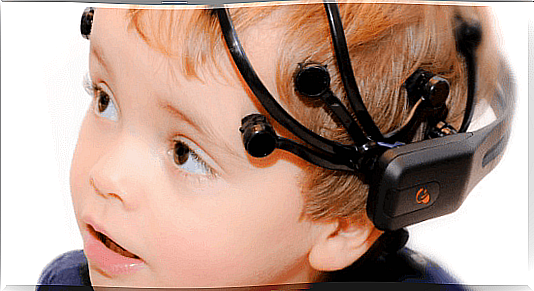
Diagnosis
The neurologist will assess the case through a physical examination, which may include an electroencephalogram. This assessment will allow for a much more accurate diagnosis. On the other hand, when evaluating the history, a very important factor to be taken into account in the diagnosis is the presence of epilepsy cases in the family.
Treatment for absence seizures
To treat absence seizures, the neurologist usually recommends the administration of certain antiepileptic medication. In general, these are low doses and the treatment itself is relatively short-lived. Once the doctor decides to stop the treatment, it will not be necessary to use the medicine.
As with many treatments, this one cannot be stopped suddenly. Therefore, doses should be reduced little by little, under medical supervision. In this way, the body progressively gets used to working without the medication.
Of course, a healthy lifestyle is always the best addition to any treatment. This translates into a nutritious, balanced diet and physical activity routine.
